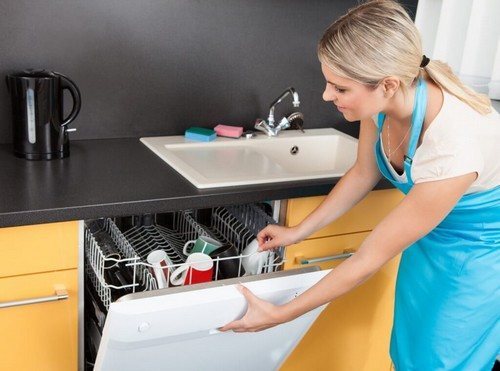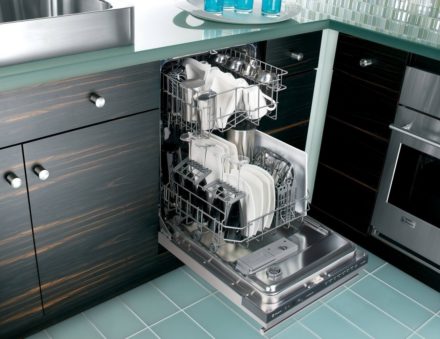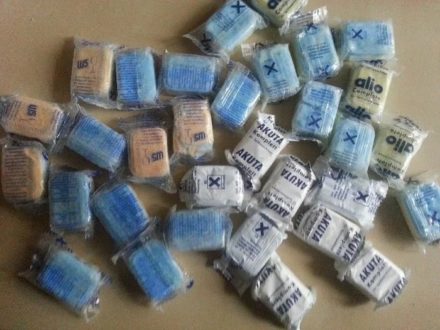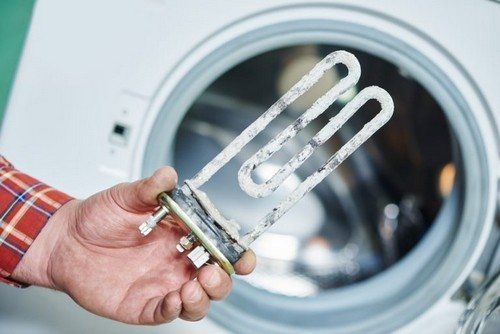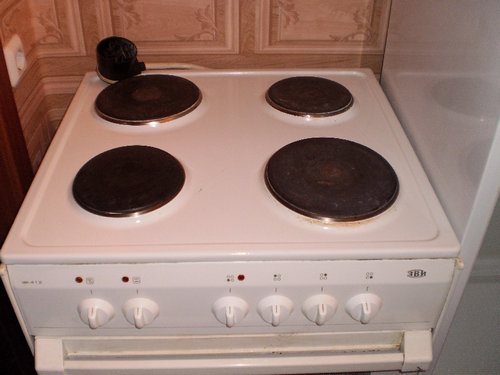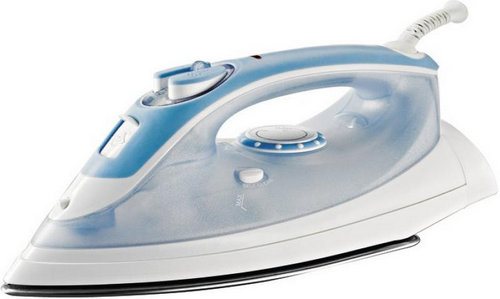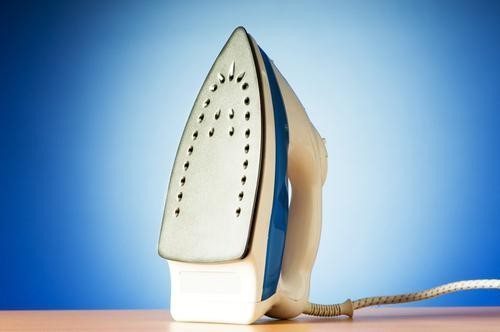The question that every dishwasher owner sooner or later faces is how to clean a dishwasher at home? However, it is worth considering that in most cases the problems that arise could be avoided by following simple rules.
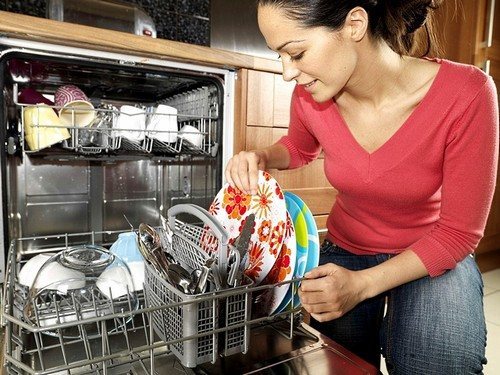
Home Cleaning Methods
The clear advantages of “folk” methods are low cost and easy accessibility. All the tools needed for them are inexpensive and are sold everywhere. Some are even in grocery stores. Despite the suspiciously low cost, such methods cope with their task with a bang. The most popular options are:
- A mixture of soda and vinegar. Just one of those “grocery” options that have already been mentioned. Place a glass of vinegar at the bottom of the dishwasher and run a full cycle. When the cycle is complete, sprinkle baking soda on the bottom of the car and leave it for a day (or overnight, depending on when you started cleaning). In the morning (or evening - again, depending on when you started) run the full cycle again. This method copes with the unpleasant smell from the dishwasher with a bang.
- Borax. Before we talk about the method of cleaning a dishwasher with borax, we need to understand what it is. Borax, as a rule, is found in the form of a solution of boric acid. You can find it in any pharmacy. In addition to the fact that borax does an excellent job of removing grease and scale, it is also an excellent disinfectant! Specifically, you need to treat a dishwasher with borax like this: wash all the internal surfaces of the machine with plain water (just wipe thoroughly with a damp cloth).Apply the borax itself to the washed surfaces and start the cycle. After the machine has “washed the dishes,” take a damp cloth again and wipe everything thoroughly again – this time to wash off any remaining product. It is often recommended to “run” another cycle by adding a borax solution instead of detergent.
- Soda mixture. Another “grocery” way to get rid of the swampy smell in the dishwasher. In addition to the soda itself, this time you will need hydrogen peroxide and essential oil. Mix 2 cups of baking soda, 2 tablespoons of peroxide and essential oil (the amount of oil varies depending on how intense the aroma you want to end up with). Mix, make several balls and let them dry. While the buns are drying, place a plate with vinegar and detergent on the first row of the machine. Place the dried koloboks (they must be hard so that they do not fall apart prematurely) at the very bottom. Run the full cycle and get ready for the extravaganza. Advice from personal experience: try to take essential oil identical to the fragrances of the detergent. Lemon remedy is lemon oil, grapefruit remedy is grapefruit oil, and so on. Coniferous aromas in a small consistency (no more than 10 drops) go well with “sea” flavors. And an additional tip: do not use tea tree essential oil in this method. The aroma that comes out is still the same.
- Essential oils. This is the method I usually use. Not only to eliminate unpleasant odors, but also simply for aromatization. Take a deep plate (cup, deep dish, bowl, duck dish - whatever).Pour some water into the selected container and add essential oil (here the number of drops again varies depending on the desired result, I usually add 15-20 drops). Place the container with water and oil on the top row. Run the cycle without detergent. In this simple way you can change the aroma inside the dishwasher at least every day.
- Bleach. Warning: This method is not suitable for dishwashers with stainless steel finishes. The technology is simple: fill a glass with bleach instead of detergent and run the normal cycle. Mold (especially often it appears in drain pipes, where no one looks or washes unless absolutely necessary) disappears as if by magic.
- Pure vinegar. This method does a great job of removing scale and swampy smells. Simply pour a glass of vinegar into the bottom and run the longest cycle at the highest temperature.
- Lemon acid. Everything here is also extremely simple - we throw it in and start the cycle. A couple of tablespoons is enough for a standard household size machine. How and where to put it? Here the opinions of adherents of the method differ. Some people use it instead of detergent, some sprinkle it on the bottom, and some dilute it in a bowl of water. Everyone is unanimous on one thing: citric acid does an excellent job of removing scale.
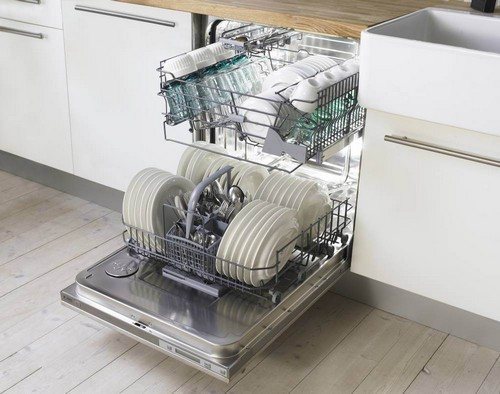
Prevention measures
The vast majority of cases where dishwasher owners resort to cleaning could have been avoided. To do this, you just need to follow a few basic rules.
- Check your dishwasher hoses regularly. This must be done once a month. The moisture that remains in the hoses and the lack of fresh air are ideal conditions for mold growth.It is for this reason, if the design of the equipment allows, the hoses need to be removed, washed and dried approximately once every 30-40 days.
- Remove moisture from seals. This procedure must be carried out after EVERY use of the dishwasher. To do this, just wipe the seals with a dry cloth or towel. Warning: napkins and paper towels are not suitable for this. The moisture that remains in the seals after each cycle not only promotes the spread of mold and mildew, but is also one of the ways rust forms.
- Check the holes in the washing carousels. This manipulation should be carried out after every wash. The most convenient way to do this is with tweezers (ordinary eyebrow tweezers are quite suitable). Small food residues that are washed away during washing can get stuck in the carousel holes. And then two scenarios are possible for you: either sooner or later they will be washed and they, like confetti, will fall on your just washed plates, or they will clog all the holes and begin to rot in them. I think there is no need to talk about the consequences.
- If possible, remove the tray and wash underneath it. A lot of tiny debris at the end of the cycle gets clogged under the bottom of the dishwasher, where it accumulates exponentially. Therefore, if the design allows (and I have not yet seen a single model in which the bottom was tightly attached) - remove the bottom and thoroughly wash everything that has settled there. You can use alcohol or vinegar - they perfectly corrode dirt of any age.
- Use anti-scale products. There are a great many of them - you already remember a couple of names from commercials. Just put one miracle tablet with each wash.From personal experience I can say: if previously I had to regularly clean the machine from scale, now it’s already the 5th year that I haven’t done this. By the way, the machine never broke down during this time.
Of course, you can also use special store-bought detergents to clean your dishwasher, but do not forget to carefully read their ingredients. There are often cases when “professional” cleaning products turn out to be a mixture of soda, citric acid and apple flavoring.
In any case, remember that the main thing is your convenience, so use the method that is most comfortable for you.


